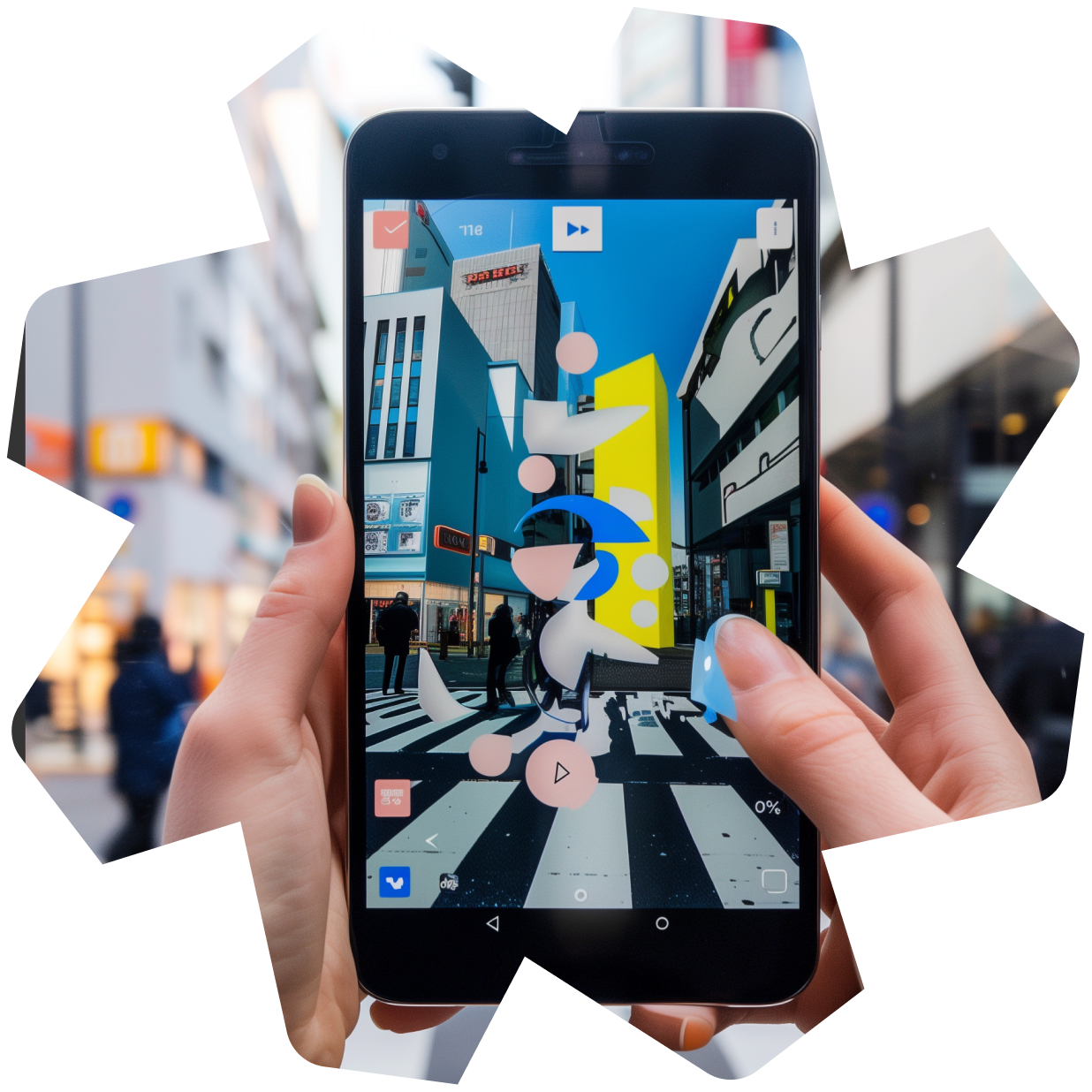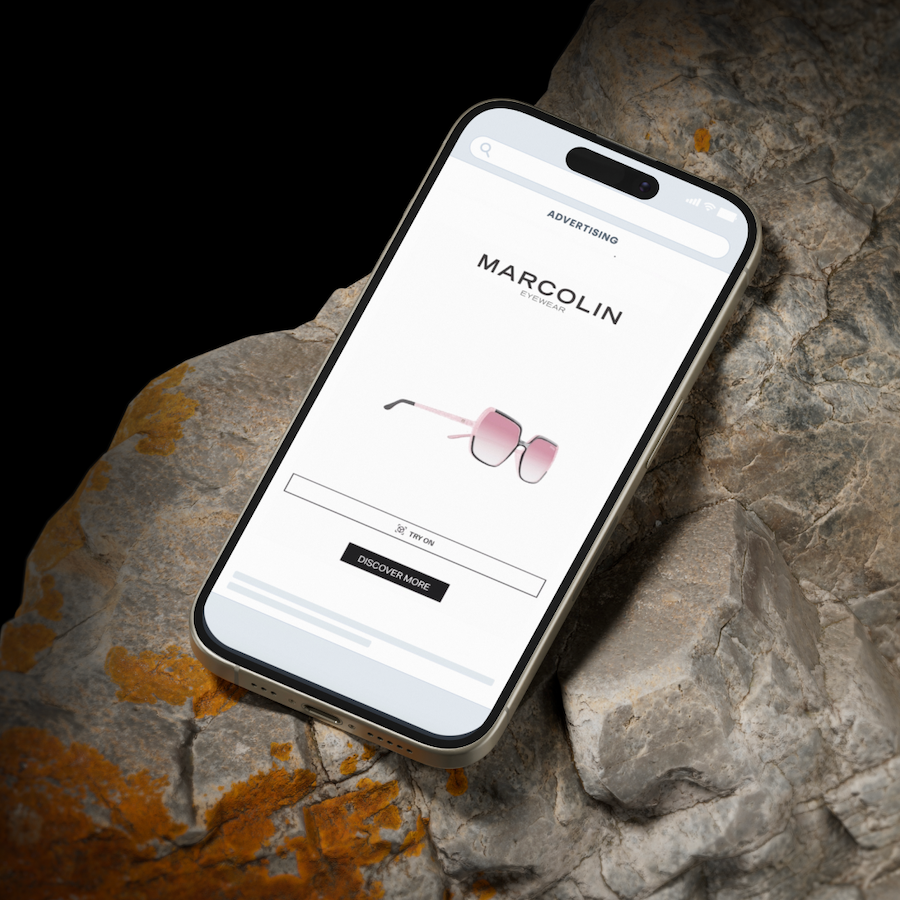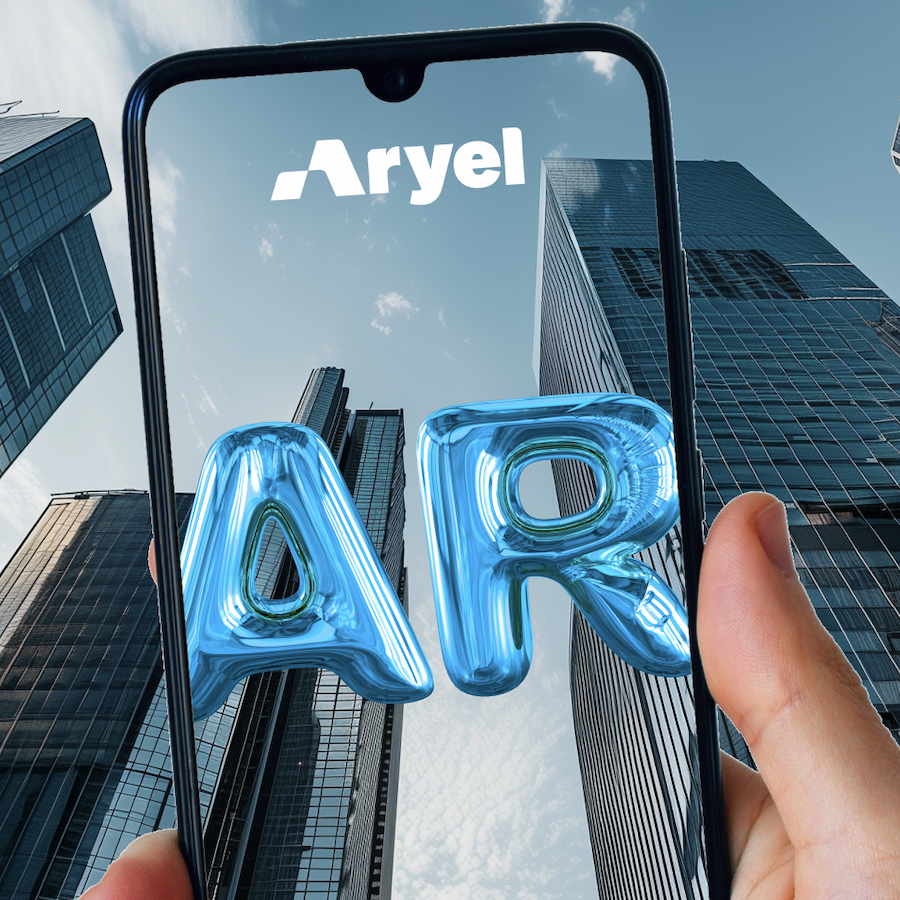
Aryel+
Unlock the full potential of your content, whether on your e-commerce, at live events, or within your newsletters, to truly captivate your audience.
Tailor your e-commerce to your customers’ needs by enabling in-depth product exploration through 3D and Augmented Reality. Less doubt, more purchase.
3D Product Viewers
AR Product Visualization & Virtual Try-Ons
One-click integration with PrestaShop, Shopify, WooCommerce, and more!

Offline? Don’t mind. Leverage AR at events and trade shows, or on packaging, billboards, and business cards. Close the gap between offline and online and track data like never before.
AR Geo-Based for Treasure Hunts
Enhanced offline experiences with interactive print media
One-click integration with Canva, Flowcode, JotURL, and more!

Let your customers be sure of what they are buying by showing your product in the real world, reducing the risk of returns and refunds, and gain their trust with a customer-centric approach.
Quizzes & Surveys, Minigames, Instant Wins and 360 experiences for Lead Generation
Hyper-Personalized AR campaigns for Lead Nurturing
One-click integration with HubSpot, Mailchimp, Salesforce, and more!

Why brands should start using augmented reality
3-5
Minutes of dwell time
AR Insider 2021
#1
Format for efficiency
Journal of Education Psychology 2020
x3
Memorability
Kantar Millward Brown Study
Discover some of our best marketing projects
Browse innovative solutions from worldwide brands and agencies to inspire your next AR project with Aryel.
Pavesini Pave Beach
Hygge Dog
Teen Titans
Salone del Mobile 2024
Gillette
Ringo Quest Challenge
Seamlessly integrate
all of your favorite tools
Connect Aryel with most-used marketing tools to keep your daily routine stress-free and more potent than ever.
Aryel combines the tools you need to start from 2D pictures and create, distribute, and manage photorealistic products for high-impact.
Web-based
WebAR does not require the download of an app. Click on the link and start the experience.
More than a game
Introduce gamification streams through contests, registration, leaderboards, challenges, and more.
Multi-device
AR experiences are compatible with on any type of device, from desktop to mobile.
Multi-language
Projects can be translated into different languages and be delivered worldwide.
Integrations
Through APIs it is possible to integrate AR with CRMs and internal brand systems.
Analytics
User interactions with the experience allow a new layer of data and insights.